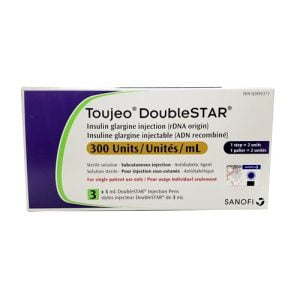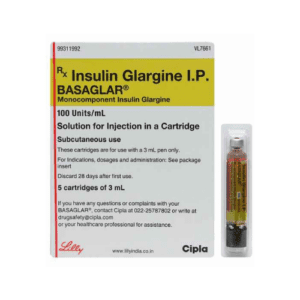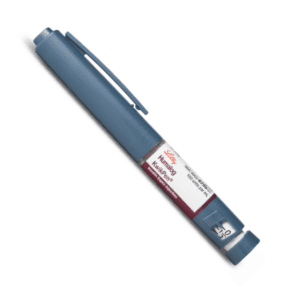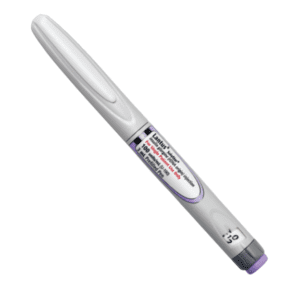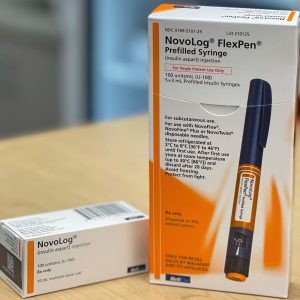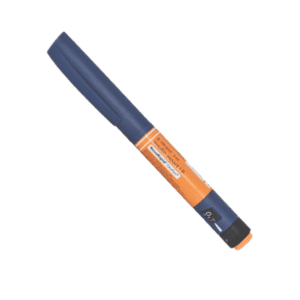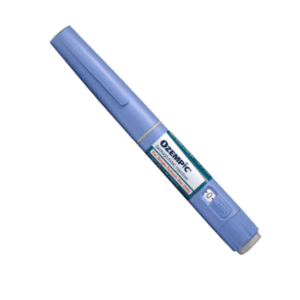Best Insulin Pens
Best insulin pen for type 2 diabetes
When selecting the best insulin pen for managing type 2 diabetes, several factors need to be considered, including ease of use, dosing accuracy, convenience, and individual needs. Below are some of the top insulin pens available for type 2 diabetes, along with their key features:
1. Lantus SoloStar
Key Features:
- Type of Insulin: Long-acting (insulin glargine)
- Usage: Once daily
- Ease of Use: Pre-filled, disposable pen with a simple dial for dosing
- Benefits: Provides steady, long-lasting insulin coverage for up to 24 hours
2. Levemir FlexTouch
Key Features:
- Type of Insulin: Long-acting (insulin detemir)
- Usage: Once or twice daily
- Ease of Use: Pre-filled, disposable pen with a low force injection button
- Benefits: Provides flexible dosing options with consistent, long-acting insulin
3. NovoLog FlexPen
Key Features:
- Type of Insulin: Rapid-acting (insulin aspart)
- Usage: Before meals
- Ease of Use: Pre-filled, disposable pen with a simple dial for dosing
- Benefits: Quick onset of action to manage blood sugar spikes after meals
4. Humalog KwikPen
Key Features:
- Type of Insulin: Rapid-acting (insulin lispro)
- Usage: Before meals
- Ease of Use: Pre-filled, disposable pen with a lightweight design
- Benefits: Fast-acting insulin to control post-meal blood sugar levels
5. Toujeo SoloStar
Key Features:
- Type of Insulin: Long-acting (insulin glargine U-300)
- Usage: Once daily
- Ease of Use: Pre-filled, disposable pen with a dose counter
- Benefits: Higher concentration insulin that lasts longer than Lantus, potentially requiring smaller injection volumes
6. Basaglar KwikPen
Key Features:
- Type of Insulin: Long-acting (insulin glargine)
- Usage: Once daily
- Ease of Use: Pre-filled, disposable pen similar to Lantus
- Benefits: An alternative to Lantus, providing consistent, long-acting insulin
7. Fiasp FlexTouch
Key Features:
- Type of Insulin: Rapid-acting (insulin aspart with added niacinamide)
- Usage: Before meals or within 20 minutes after starting a meal
- Ease of Use: Pre-filled, disposable pen
- Benefits: Faster onset of action compared to NovoLog, for more flexible mealtime dosing
Choosing the Right Insulin Pen
Considerations
Doctor’s Recommendation
Always consult with your healthcare provider to determine the most suitable insulin type and delivery method for your specific condition.
Lifestyle Needs
Consider factors like convenience, frequency of dosing, and ease of use.
Insurance Coverage
Check with your insurance provider to see which insulin pens are covered under your plan to manage costs.
Personal Preferences
Some patients may prefer pens with easier injection mechanisms or more discreet designs.
Each of these insulin pens offers unique benefits, and the best choice will depend on your individual health needs, lifestyle, and preferences.
Showing 1–9 of 11 results

